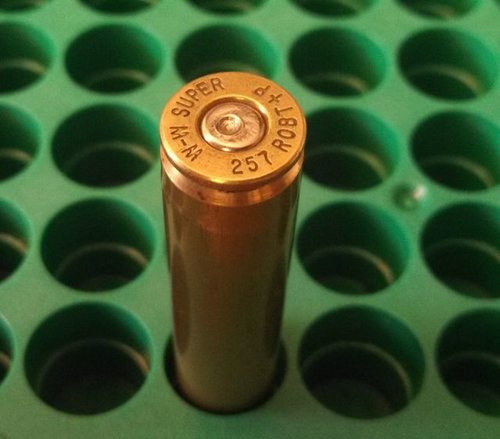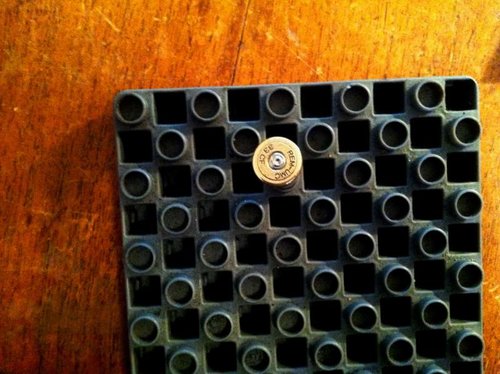nidahunter
Well-known member
I am working up a load for my Tikka 7mm08, and have a dumb question. The maximum load in the Nosler manual for the 140 gr accubond is 46 grains of IMR 4350. I started at 44 grains, worked my way up in 1/2 grain increments and ended up at 47 grains (which is over maximum stated.) I have always heard that one way to know if a load is too hot is if the primer "craters". Does anyone have a picture of this? The primer on the 47 grain shell looked the same as the 44 grain shell. Does this mean I am safe at 47 grains, and can I try 47.5 and 48? I got the best group at 47 grains, just want the fasted safe load I can make.





